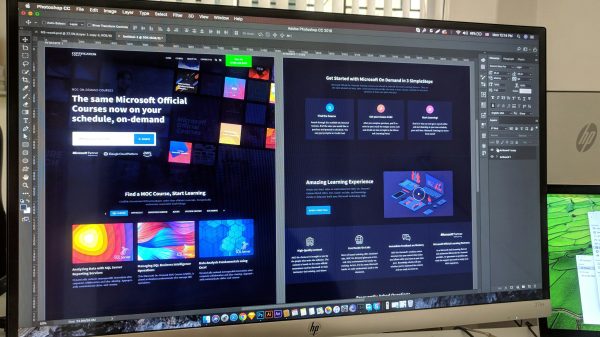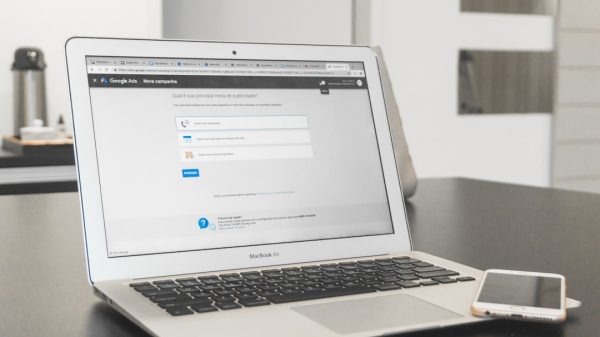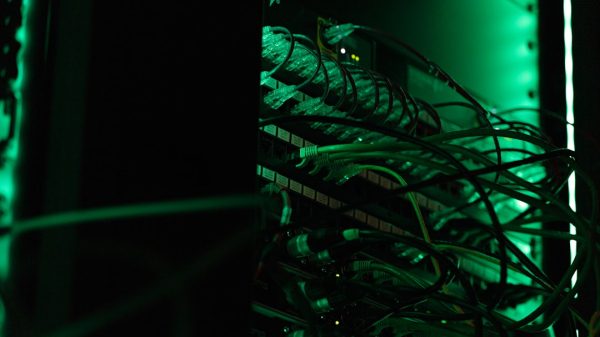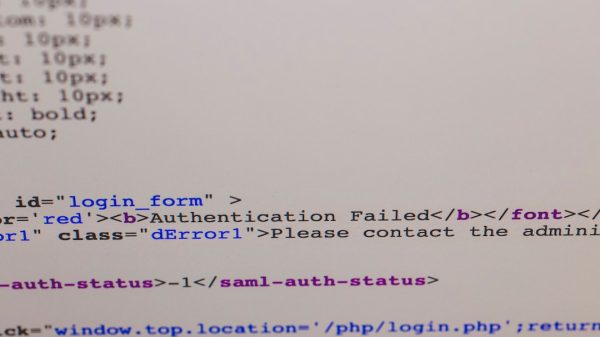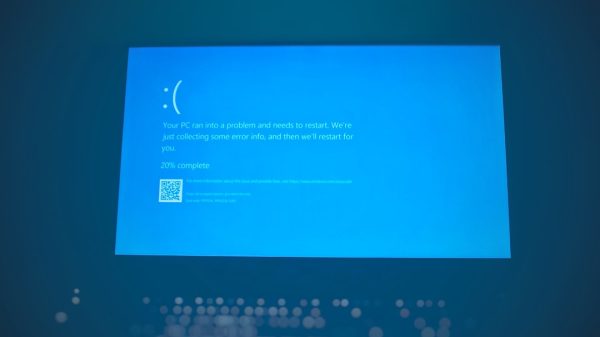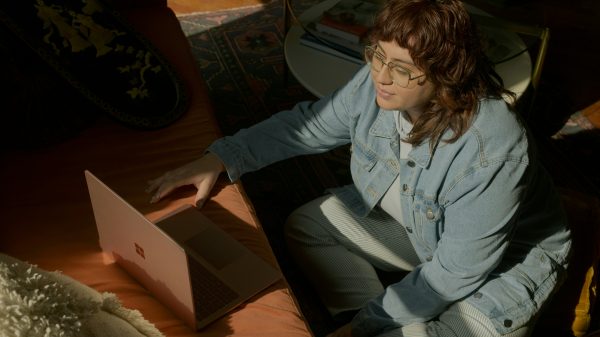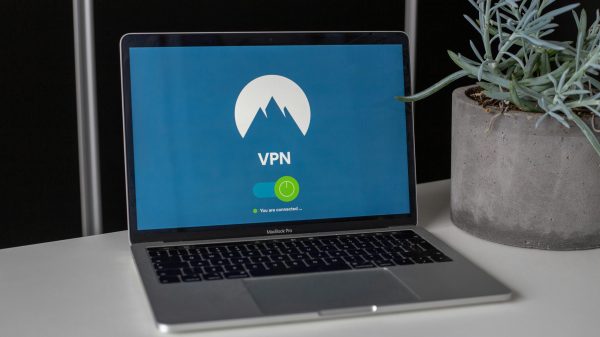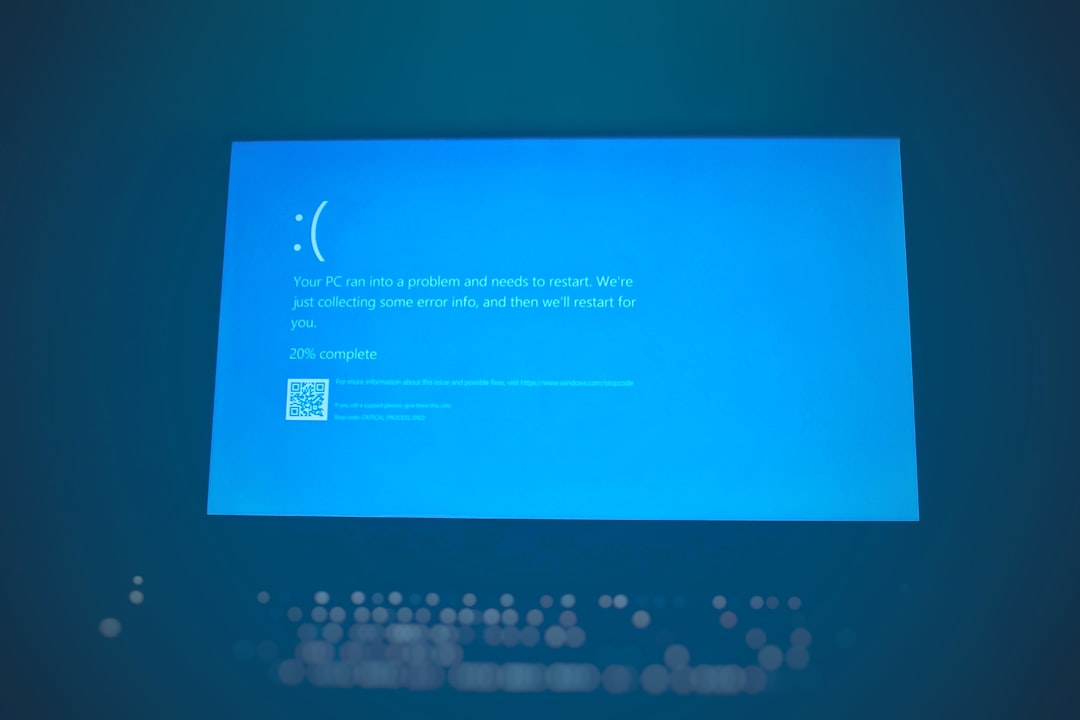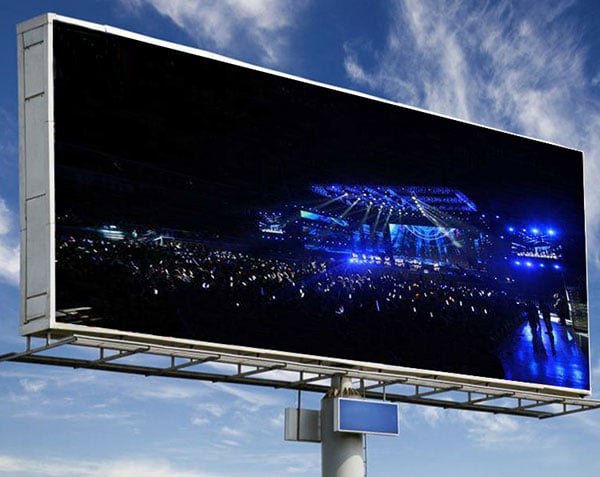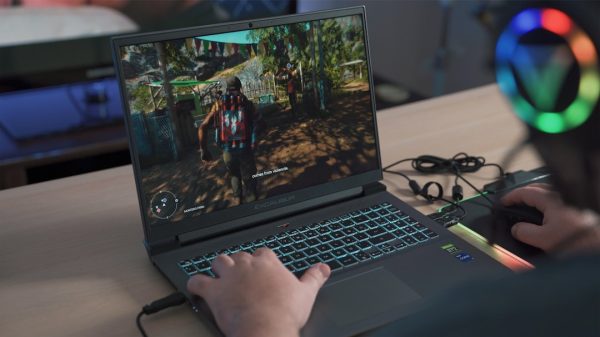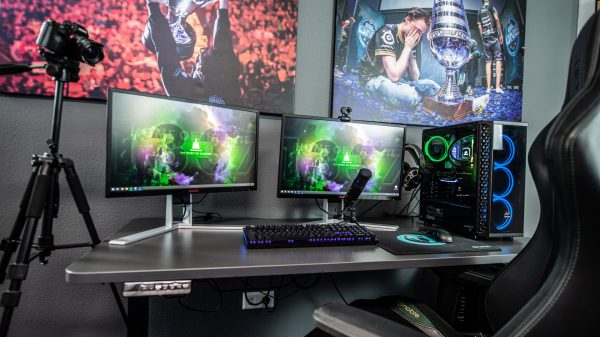Does your laptop screen feel a little… cramped? Want more room to multitask, game, or edit photos and videos like a pro? Great news! You can connect two external monitors to most modern laptops. And no, you don’t need to be a tech whiz to do it. Let’s go step-by-step and break it down in the simplest, most fun way possible.
Why Use Two Monitors?
Before we dive into the how, let’s talk about the why.
- Boost productivity: You can write on one monitor while researching on the other.
- Better multitasking: Keep your Zoom meeting open while taking notes on another screen.
- Game + Watch: Game on one monitor and watch a walk-through on the second.
You get the idea — more screens, more magic.
Step 1: Find Out What Ports Your Laptop Has
Laptops have different types of video ports. Flip yours over or check the sides. You’re looking for:
- HDMI: The most common. It looks like a stretchier USB port.
- USB-C or Thunderbolt: Small and oval. Super versatile.
- DisplayPort: Less common, mostly found on high-end laptops.
- Mini DisplayPort: A smaller version of DisplayPort.
- VGA: Older and chunky — looks like a trapezoid with holes.
If you’re confused, Google your laptop model + “ports.”
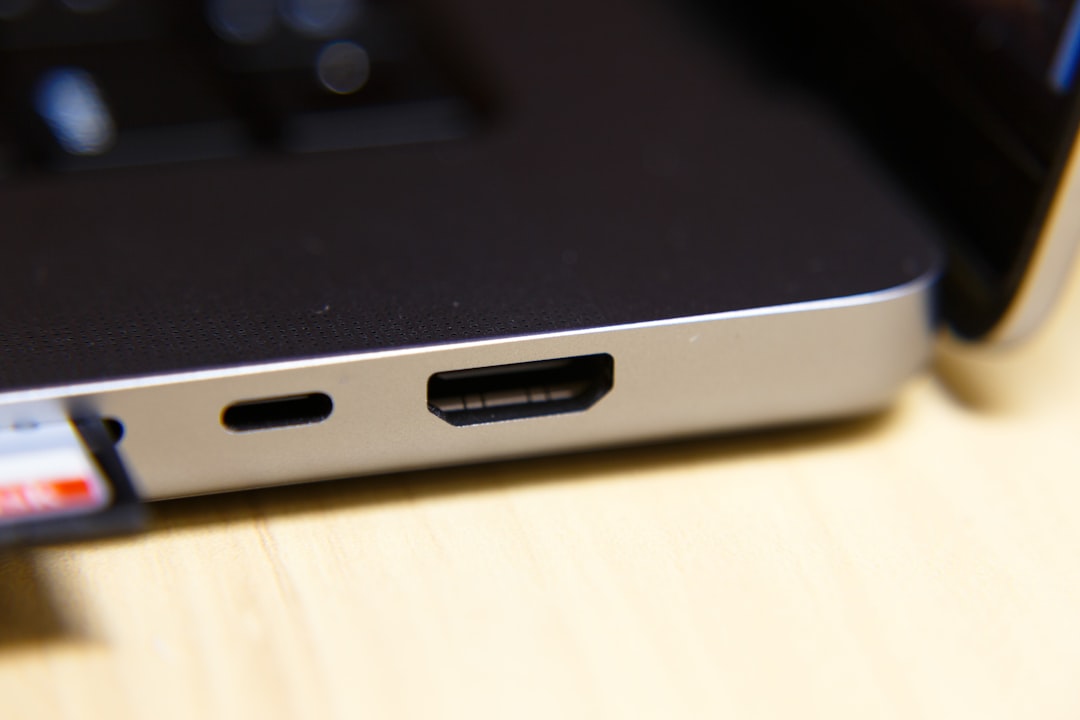
Step 2: See How Many Monitors It Can Handle
Not all laptops support multiple external displays. Here’s how to check:
- On Windows, press Windows + P. It shows display options.
- Go to Settings → System → Display. Scroll down to see if you can “Extend” displays.
- For Macs, click the Apple logo → System Settings → Displays.
Still not sure? Check the technical specs on your laptop maker’s website.
Step 3: Get the Right Cables
What you’ll need depends on your ports and the ports on your monitors. Here’s a basic rule:
- HDMI port on laptop to HDMI port on monitor: Easy peasy. Use an HDMI cable.
- USB-C on laptop to HDMI/DisplayPort/VGA: You’ll need an adapter.
- No enough ports? Use a docking station or USB Display Adapter.
Tip: Don’t forget to make sure your monitor has the right input too!
Step 4: Connect Everything
Okay, it’s go time! Follow these steps:
- Turn off your laptop and monitor (just to be safe).
- Plug one monitor into the laptop using the correct cable or adapter.
- Do the same for the second monitor.
- Turn everything back on.
Tada! If you’re lucky, the screens will just pop on. If not, don’t panic.
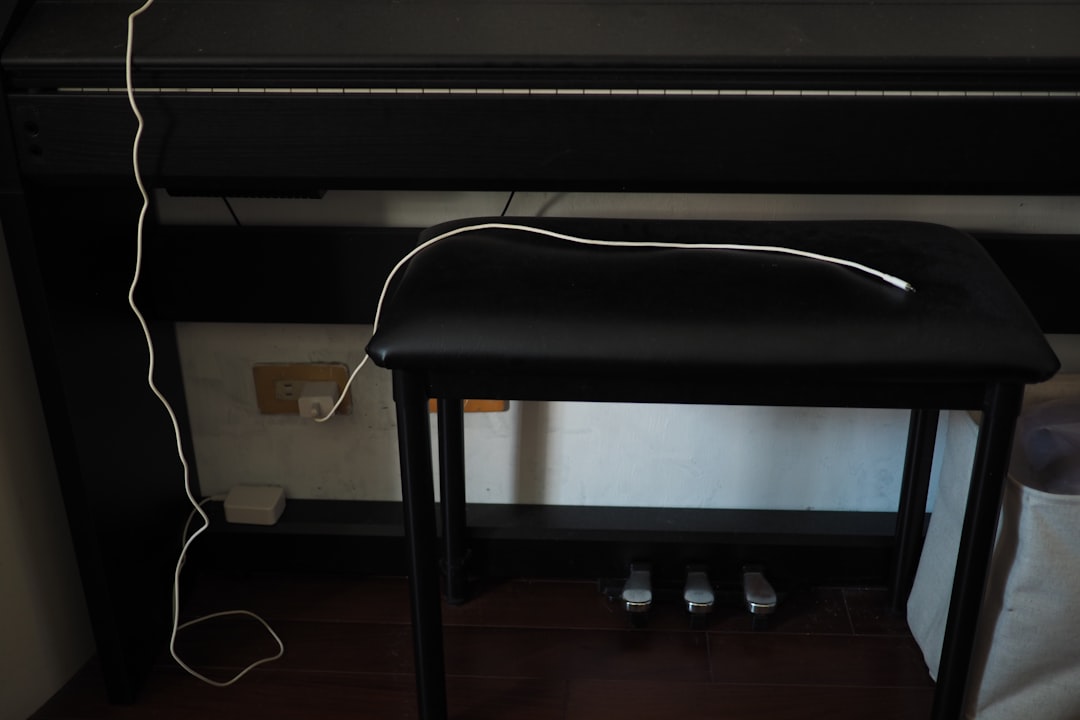
Step 5: Set Up Your Display Settings
Let’s tell your laptop how to use the new monitors.
If You’re Using Windows:
- Right-click the desktop and choose Display Settings.
- Scroll down and click Detect if not all monitors appear.
- Scroll back up and you’ll see some numbered screens.
- Click Identify to see which screen is which.
- Drag and arrange them so they match your real setup.
- Scroll down to Multiple Displays and choose “Extend these displays.”
Bam! Now your desktop stretches across all screens.
If You’re Using a Mac:
- Go to System Settings → Displays.
- Your Mac should detect both monitors.
- Click Arrange.
- Drag the display boxes where you want them.
- Uncheck Mirror Displays if you want extended screen space, not duplicates.
That’s it! You’re rolling.
Bonus: What If Your Laptop Manages Only One Monitor?
No worries! You can still connect two monitors using some extra help:
- Docking Station: Plug your laptop into one port, and the dock gives you multiple display outputs. Super convenient!
- USB Display Adapter: These convert USB 3.0 or USB-C to HDMI or VGA. Easy to find online.
These gadgets unlock those extra screens even if your laptop wasn’t made for it.
Tips to Make Your Dual Monitor Setup Awesome
- Use stands or monitor arms: Make your desk look like a command center.
- Use wallpapers that stretch across screens: Very cool and satisfying.
- Put your taskbar on just one screen for less clutter.
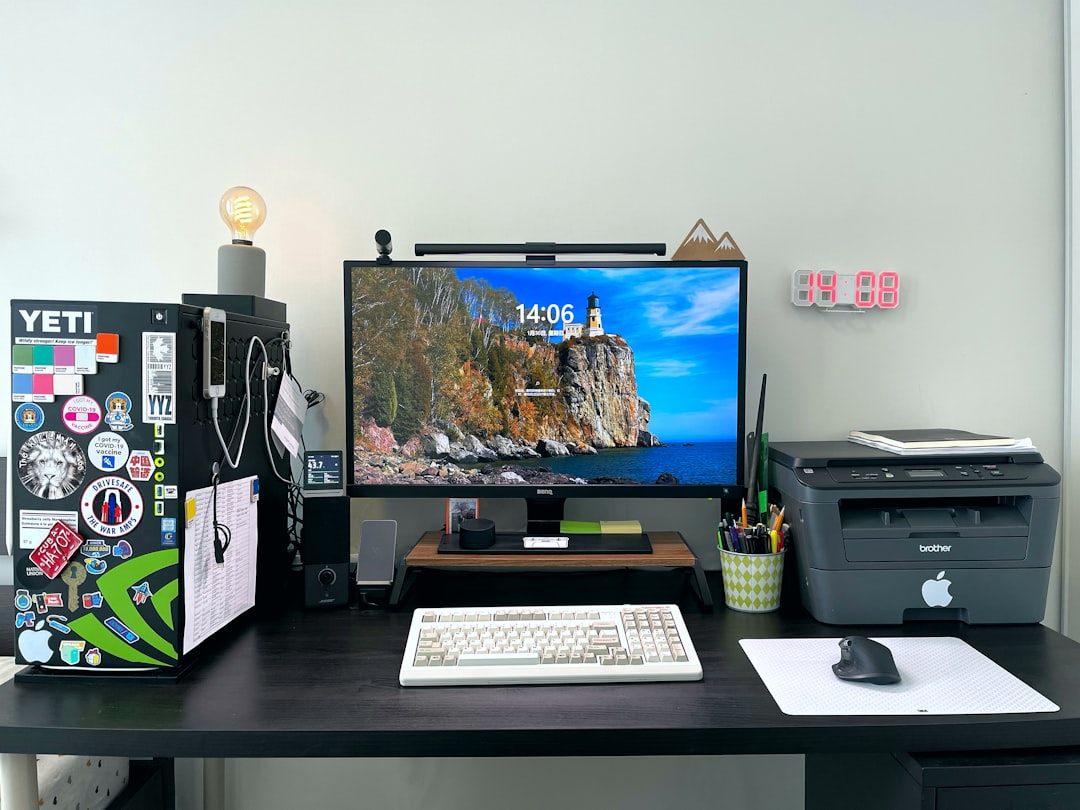
Common Troubleshooting Tips
Nothing showing on the monitors? Don’t throw the laptop! Try this:
- Check cables: Unplug and replug everything.
- Wrong input selected on monitor? Use its input/source button.
- Update graphic drivers: Go to your laptop brand’s website.
- Restart everything: Classic move, still works.
Final Thoughts
Adding two monitors to your laptop sounds fancy, but it’s actually super doable. Whether you’re working, gaming, or just watching cat videos while working (we won’t tell), this setup takes it to the next level.
So grab your cables, plug things in, and enjoy your brand-new dual monitor setup. Your eyes — and your productivity — will thank you.





